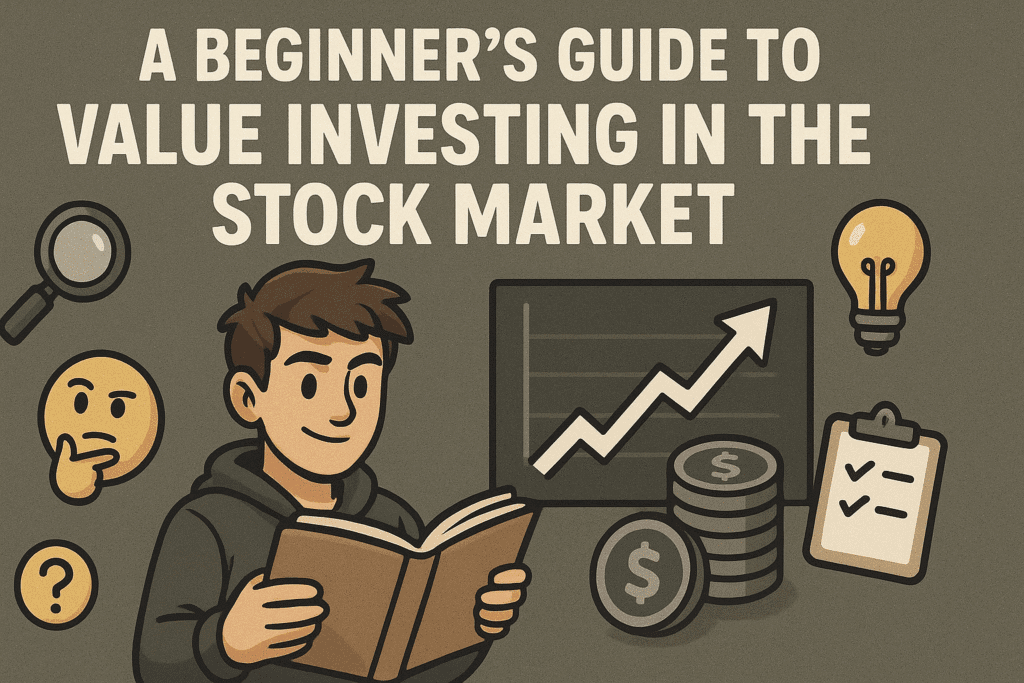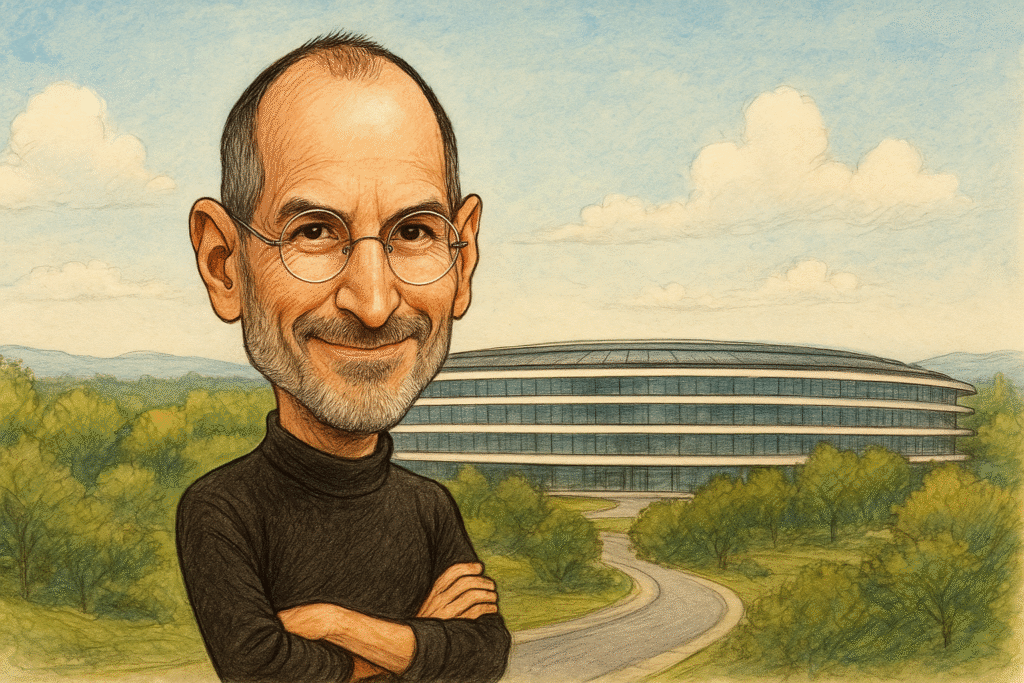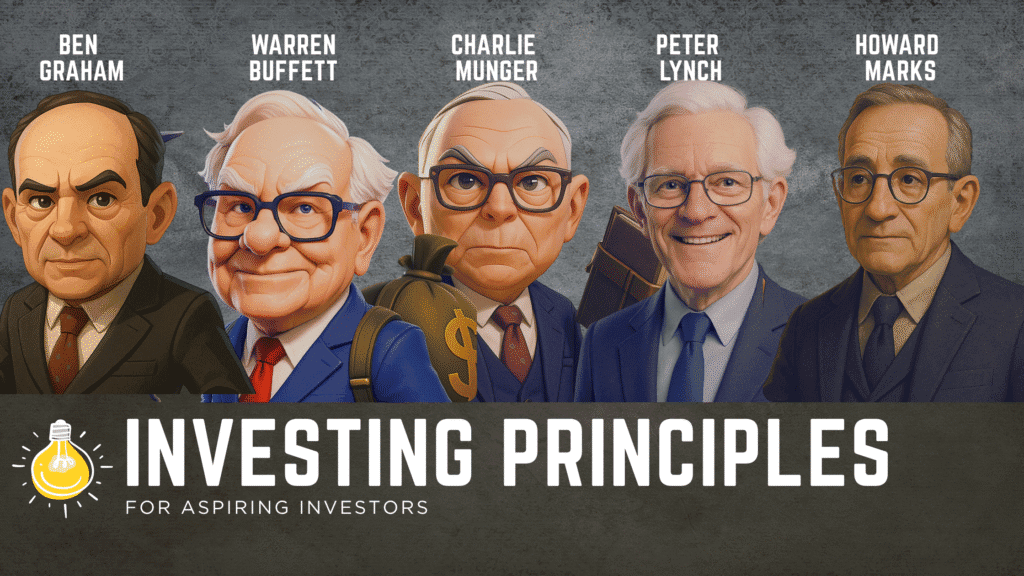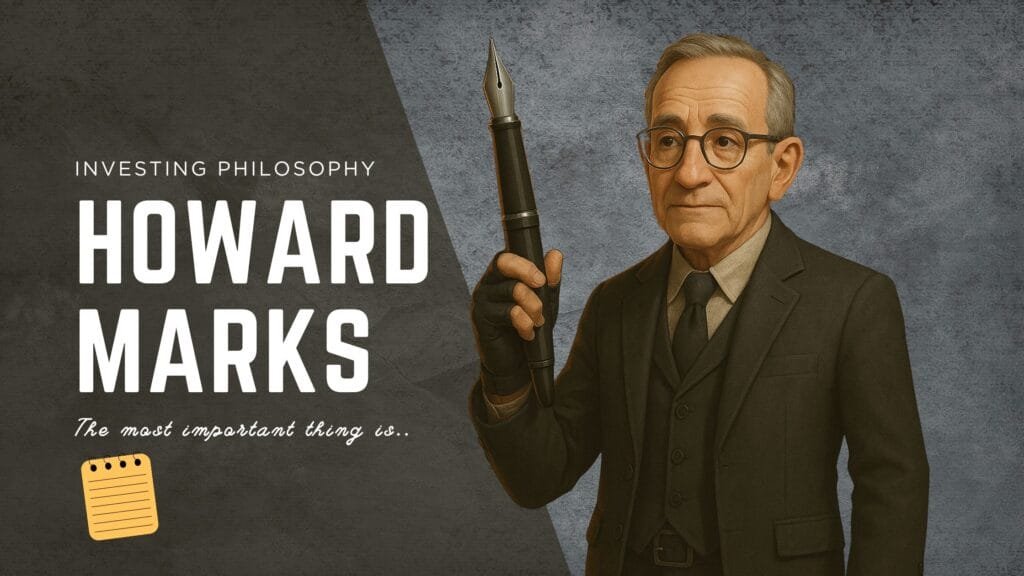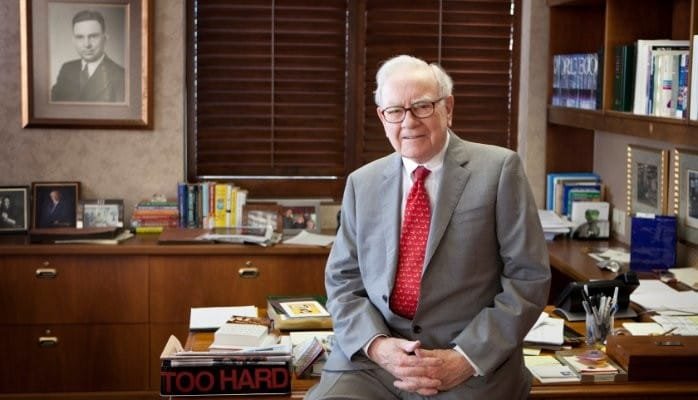Peter Lynch’s Investing Philosophy
10 Timeless Lessons from the Wall Street Legend
As an aspiring investor navigating the complex world of investing, I’ve always sought mentors who offer clear, actionable wisdom. Among the giants like Warren Buffett and Benjamin Graham, one name has consistently stood out for his relatability and extraordinary success: Peter Lynch. His story isn’t just one of incredible investment record; it’s also a story of common sense, diligent research, and a healthy dose of humility.
This is an exploration of how he became one of the most revered investors in history. It’s a deep dive into the philosophy I believe holds invaluable lessons for every individual investor looking to find their own way. We will explore his journey to success, dissect the core principles through 10 of his Peter Lynch’s best quotes, and extract practical lessons from his books and lectures that you and I can implement in our own journeys.
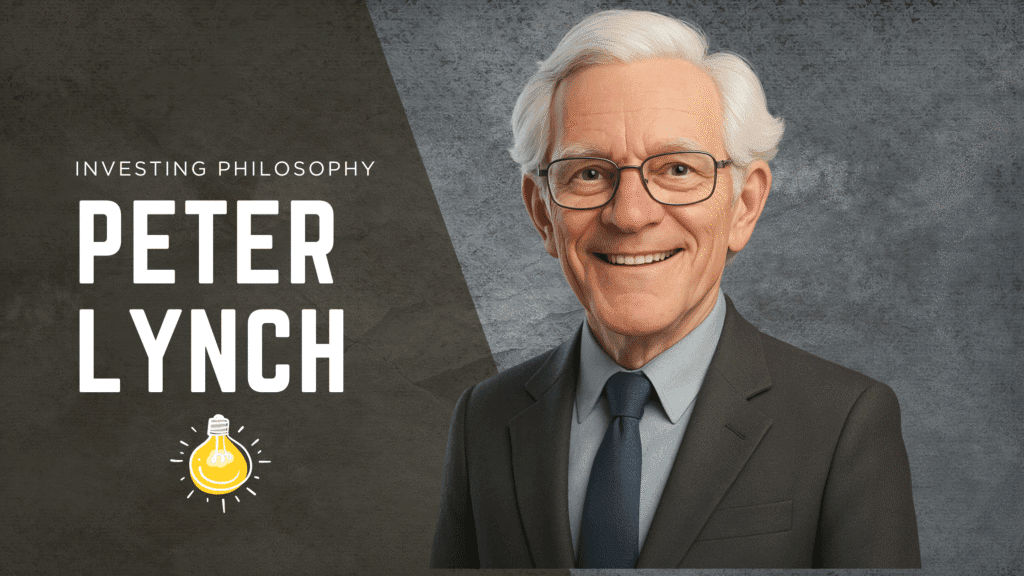
The Making of a Wall Street Legend
Peter Lynch’s story is the quintessential American dream, modest beginnings that were propelled by a relentless work ethic. Born in Newton, Massachusetts, in 1944, Lynch’s introduction to the stock market came not in a classroom, but on the fairways of an upscale golf club. After his father’s passing when he was just ten, a young Peter began working as a caddy to help support his family. It was there, listening to the conversations of the successful business people whose bags he carried, that the seeds of his interest in investing were planted.
This early exposure paid for his education. Using his savings and a caddy scholarship, he attended Boston College. A particularly successful investment in a company called Flying Tiger Airlines helped fund his MBA at the prestigious Wharton School of the University of Pennsylvania. Crazy right! He bought 100 shares in this business for $8 and the stock later rose to $80, a neat 10x return. In 1966, he landed a summer internship at Fidelity Investments, the company that would become his professional home.
After a stint in the Army, Lynch returned to Fidelity in 1969 as a textiles and metals analyst. His ascent was swift. By 1977, at the age of 33, he was handed the reins of the little-known Magellan Fund. At the time, the fund was small, with just $18 million in assets under management. What happened over the next 13 years is the stuff of Wall Street legend.
Under Lynch’s stewardship, the Magellan Fund delivered an astounding average annual return of 29.2%—more than double the performance of the S&P 500 index during the same period. By the time he retired in 1990 at the age of 46, the fund’s assets had swelled to a colossal $14 billion, with over 1,000 individual stock positions. This incredible track record cemented his reputation as arguably the most successful mutual fund manager of all time. But what I find even more interesting than the numbers, is how simple the principles that he used where, simple enough that even a child could understand. Simple, but not easy!
The Lynchian Philosophy: 10 Quotes to Invest By
One of Lynch’s key strengths was to simplify his investment philosophy so that everyday people could understand his thought process. He showed them that what they needed most wasn’t a Ph.D. in finance, but a strong stomach, an open mind, and a willingness to do some homework. Let’s delve into Lynch’s philosophy by breaking down ten of his most insightful quotes.
1. “Selling your winners and holding your losers is like cutting the flowers and watering the weeds.”
This is perhaps the most common and costly mistake I see investors making, and one I’ve been guilty of myself. The psychology is simple: we crave locking in a gain, no matter how small, and we are terrified of turning a paper loss into a real one. Lynch recognised this destructive emotional impulse. His analogy is perfect. A winning stock is a flower in your garden—a company that is executing its plan, growing its earnings, and proving your investment thesis correct. To cut it down prematurely is to rob yourself of the power of compounding.
Conversely, a losing stock, a “weed,” is often a company whose fundamentals are deteriorating. Pouring more money into it, or holding on in the vain hope it will “come back,” is a waste of precious capital that could be nourishing your flowers. The key, as Lynch taught, is to periodically re-evaluate the company, not the stock price. If the story is still good, you hold or even buy more. If the story has soured, you sell, regardless of the price you paid.
2. “Go for a business that any idiot can run – because someday an idiot is probably going to be running it.”
This is Lynch’s folksy way of describing the concept of a durable competitive advantage, or what Warren Buffett calls a “moat.” Some businesses are so strong, so simple, and so dominant in their niche that they don’t require a genius at the helm to succeed. Think of companies with powerful brands, simple products with enduring demand, or a low-cost structure that is difficult to replicate. These are the businesses that can withstand management missteps or changes in leadership. When you invest in a company with a strong, idiot-proof business model, you’re adding a layer of safety to your investment. The business’s inherent strengths protect your capital, making the long-term outcome less dependent on the brilliance of any single individual.
3. “In this business, if you’re good, you’re right six times out of ten. You’re never going to be right nine times out of ten.”
This quote is a powerful lesson in humility – because investors don’t like to be wrong. Even the best investors are wrong from time to time and lost money, The goal is to ensure that your winners are so successful that they far outweigh your losers. This insight frees you from the pressure of perfection. It encourages you to accept that some of your investments won’t pan out. The critical task is to identify the losers, learn from them, and cut them (the weeds) while letting your winners (the flowers) grow to their full potential, so that they become the tenbaggers that can make a lifetime of investing worthwhile. Because you only need a couple of tenbaggers to make a life-changing difference.
4. “Far more money has been lost by investors trying to anticipate corrections, than lost in the corrections themselves.”
Market timing is an obsession of the investment world, and Lynch was clear about its dangers. He believed that trying to predict the short-term movements of the market is a futile exercise. Investors who sit on the sidelines in cash, waiting for the “perfect” moment to get in or the “inevitable” crash to sell, often miss out on the market’s best days, which is devastating to long-term returns. Lynch knew from studying market history that corrections are a normal and recurring part of investing. In the 20th century, the market experienced a 10% decline about once every two years, and a 25% or more decline (a bear market) every six years on average. Instead of fearing them, he saw them as opportunities to buy shares in great companies at discounted prices. The key is not to anticipate corrections, but to be prepared for them, both financially and emotionally.
5. “In the stock market, the most important organ is the stomach. It’s not the brain.”
I love this quote because it speaks to the immense role of temperament in investing success. You can have the highest IQ and a deep understanding of financial models, but if you panic during a market downturn, you will make irrational decisions. Lynch argued that emotional discipline is far more important than raw intellect. Investing is a journey filled with volatility and uncertainty. Your stomach—your ability to tolerate those swings without making rash, fear-based decisions—is what will determine your fate. This ties directly back to his other principles. If you’ve done your homework, invested in what you know, and have a long-term perspective, you are better equipped to stomach the inevitable market turbulence and stick to your plan.
If you’re liking these quotes, check out our Canvas Print with Peter Lynch’s 10 Best Quotes:
Peter Lynch Best Quotes Canvas
This high-quality canvas wrap features Peter Lynch’s Best Quotes — timeless wisdom for your office, trading desk, or study space. Ideal for stock market enthusiasts, value investors, and anyone who appreciates legendary Wall Street insight.
6. “Recognise reality even when you don’t like it – especially when you don’t like it.”
This is a call for radical intellectual honesty. It’s easy to fall in love with a stock, to become so attached to our own investment thesis that we ignore evidence to the contrary. This is confirmation bias in its purest form. Lynch preached the importance of constantly re-evaluating the story behind each stock you own. Is the company still executing? Has the competitive landscape changed? Are the fundamentals improving or deteriorating? Answering these questions honestly, even when the answers are unpleasant, is crucial for long-term success. It’s about being a realist, not an optimist or a pessimist. This discipline allows you to identify when a flower is turning into a weed, giving you the clarity needed to make a sound decision.
7. “If you can’t banish forever the fatal thought ‘when I’m down 25%, I’m a seller’, you’ll never make a decent profit in stocks.”
Here, Lynch drives home the importance of conviction and a long-term mindset. A stock price is not the same as the company’s value. In the short term, prices can fluctuate wildly for reasons that have nothing to do with a company’s underlying health. If you’ve done your research and believe in a company’s long-term prospects, a significant price drop should not automatically trigger a sale. In fact, if the fundamentals remain strong, it could be a fantastic buying opportunity. To automatically sell after a 25% drop is to let the market’s fear dictate your actions, a surefire way to miss out on the recovery and long-term gains.
8. “Owning stocks is like having children – don’t get involved with more than you can handle.”
With this quote, Lynch brilliantly captures the responsibility that comes with stock ownership. This isn’t a passive hobby. Each stock in your portfolio requires attention and monitoring. You need to keep up with the company’s story, its quarterly earnings, and its competitive position. Lynch himself famously managed a portfolio of over 1,000 stocks, but he was a full-time professional with a team of analysts. For the part-time individual investor, he suggested owning between three and ten stocks is more manageable. The warning here is against “diworsification”—owning so many stocks that you can’t possibly keep track of them. It’s better to own a few companies you understand deeply than a multitude of companies you know nothing about.
9. “The person that turns over the most rocks wins the game.”
This is the work ethic behind the Lynch philosophy. While he championed the “invest in what you know” principle, he didn’t mean it as a passive strategy. Success in investing comes from diligent, relentless research. Lynch was famous for his legwork—visiting companies, talking to management, and analysing financial statements. For the individual investor, “turning over rocks” means looking beyond the obvious, seeking out opportunities in overlooked industries or small companies that haven’t yet been discovered by Wall Street. It’s about doing the homework required to gain a real informational edge. The more companies you investigate, the more likely you are to find that one interesting idea, that potential ten-bagger.
10. “If you can’t explain a stock to a 10-year-old in 2 minutes or less, don’t own it.”
This is the famous “two-minute drill,” a powerful test of your own understanding. It’s about achieving clarity of thought. If you can’t articulate what a company does, how it makes money, and why you think it will be successful in simple, jargon-free terms, you probably don’t understand it well enough to own it. This principle forces you to invest within your “circle of competence” and avoid businesses that are too complex or opaque. It’s a final, crucial check before committing your capital, ensuring that you are an investor, not a speculator.
Lessons From the Master’s Playbook: Insights from Lynch’s Books and Lectures
Beyond these memorable quotes, Lynch’s books—the seminal “One Up On Wall Street” and “Beating the Street”—are full of practical advice for the individual investor.
“Invest in What You Know” – The Real Meaning: Lynch’s most famous mantra is often not fully understood. It doesn’t just mean buying stock in your favorite coffee shop or the car you drive. It means leveraging your unique, specialised knowledge from your profession or hobbies to gain an edge over the professionals. A doctor has a better understanding of new medical devices, a software engineer can better evaluate a new tech company, and a retail manager can spot the next hot consumer trend before it shows up on Wall Street’s radar. This is your informational advantage, your “edge,” and Lynch implored us to use it.
The Six Stock Categories: To better understand what to expect from an investment, Lynch classified companies into six distinct categories:
- Slow Growers: Large, mature companies that pay regular dividends but offer limited growth.
- Stalwarts: Established, multi-billion dollar companies that still have room for moderate growth and provide stability during recessions.
- Fast Growers: Small, aggressive young companies with the potential for explosive growth (20-25% per year). These are where ten-baggers are often found.[30]
- Cyclicals: Companies whose fortunes rise and fall with the economic cycle, like automakers or airlines.
- Turnarounds: Companies that have been beaten down but have a chance at recovery.
- Asset Plays: Companies with valuable assets (like real estate or cash) that the market has overlooked.
By categorising your stocks, you understand their role in your portfolio and can set realistic expectations for their performance.
The PEG Ratio: Lynch famously developed the PEG ratio (Price/Earnings to Growth ratio) to find growth at a reasonable price. The formula, which divides a company’s P/E ratio by its annual EPS growth rate, helped him determine if a stock’s price was justified by its future growth potential. Lynch considered a company fairly valued with a PEG ratio of 1.0 and actively sought out what he believed were undervalued stocks with a PEG ratio below 1.0, viewing a ratio of 0.5 as an ideal target. He also developed a dividend-adjusted PEG ratio for more mature, slower-growing companies, which adds the dividend yield to the growth rate in the denominator to better reflect the stock’s total return potential.
What I Can Do Right Now: Implementing Lynch’s Wisdom
Reading about Peter Lynch is inspiring, but the real value lies in applying his lessons. Here’s what I’m implementing immediately:
- Start an Investment Journal: I’m keeping a dedicated tracker to capture the “story” for each company I own or am researching – Why did I buy the business? What are the key drivers for success? This will enforce discipline and intellectual honesty. Download a FREE Investment Journal here.
- Apply the Two-Minute Drill: For every stock I currently own, I’m practicing the two-minute drill. If I can’t explain it simply and clearly, it’s a sign that I need to do more research or reconsider the position.
- Identify My “Edge”: I’m taking a serious look at my own profession, hobbies, and local knowledge. Where do I have an advantage? What emerging companies or trends do I see before the rest of the market? This is where I’ll start turning over new rocks.
- Categorise My Portfolio: Using Lynch’s six categories, I regularly analyse my current holdings. This helps me understand the balance of my portfolio—do I have too many risky turnarounds and not enough stalwarts for stability?
- Develop a Stronger “Stomach”: I try to take a longer term view with market corrections. This is easier said than done, but building emotional resilience is critical for investment success.
A Legacy of Empowerment
Peter Lynch’s legacy is far greater than his incredible investment record. He empowered everyday investors by sharing his knowledge freely and openly. He taught that successful investing is not the exclusive domain of Wall Street elites but is accessible to any individual willing to combine their unique knowledge with diligent research and emotional fortitude.
By embracing the Lynchian way of thinking, we can all become more intelligent, more disciplined, and ultimately, more successful investors. We can learn to water our flowers, to turn over more rocks, and to trust our stomachs. And that is an advantage that can last a lifetime.
if you’re a Peter Lynch fan, you might enjoy this coffee mug:
Peter Lynch Best Quotes on a Coffee Mug
Peter Lynch Best Quotes on a coffee mug. A Perfect gift for stock market investors, finance enthusiasts, and value investing fans. Great for home or office.



